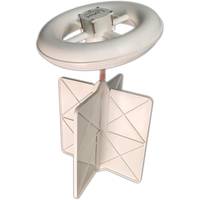
Meet the CARTHE Drifter
with meter accuracy using very-low cost GlobalStar Simplex telemetry systems. The client can receive the data in real-time through the Pacific Gyre LLC website, the official distributor of CARTHE drifters. Moreover, the “drogue-less” torus float can be deployed alone for surface oil slick tracking purposes. An air-dropped version, using a biodegradable parachute, is coming out next year to increase the deployment capabilities of the instrument. Typical applications are physical and biological oceanography, search and rescue missions, marine pollution tracking, as
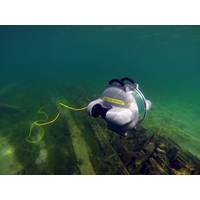
MTR100: Editor’s Choice - Five Stand-Outs
[email protected] W: www.xeostech.com Xeos Technologies With decades of manufacturing experience, Xeos Technologies have successfully designed market leading wireless telemetry products for use in the world’s harshest environments. Products range from deep sea alarm beacons to surface oil spill tracking systems to land based perimeter surveillance systems. Xeos is an Iridium Value Added Reseller and provides contract engineering services in addition to its standard product line. All these qualities have brought them success in their four divisions: Communications, Oceanographic
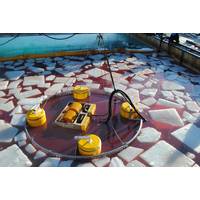
MTR100: Ohmsett
Operated Vehicle, detects oil in and under ice, tracks location, and measures thickness. The sensors provide real-time measurements of the slick thickness and include cameras for real-time viewing and recording. To accurately and rapidly assess cold water and ice testing parameters such as total surface oil versus ice area coverage and oil layer thickness, a thermal imaging camera with processing software was developed specifically for use at Ohmsett. The Tactical Rapid Airborne Classification System creates images that separate ice, water and oil of several thicknesses based on differences in the
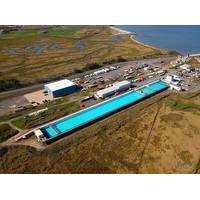
BSEE Allocates $6m for Oil Spill Research Projects
white papers focusing specifically on one of seven topic areas for proposed research covering oil spill response operations on the U.S. Outer Continental Shelf. The deadline for submitting white papers is February 9, 2015. Topics should be limited to the following: Innovative Methods to Remove Surface Oil under Arctic Conditions Decanting Recovered Oil at Sea Quantifying In-situ Burn Efficiency Innovative New Uses of Chemical Herders to Enhance Oil Spill Mitigation Efforts Develop an Innovative Dispersant Spray Drift Model Determine the Effect of Various Deep-Ocean Conditions
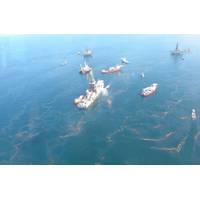
Deepwater Horizon Spill Causes Fish Abnormalities
open ocean, fragile fish embryos and larvae are mixed with many other types of plankton, and they usually don’t survive the rough conditions in a net towed near the surface. This made it close to impossible to assess developmental cardiotoxicity in samples collected near the Deepwater Horizon surface oil slicks. To work around this challenge, the international team brought the oil to the fish. Samples of crude oil were collected from the damaged riser pipe and surface skimmers. The samples were then transported to the only land-based hatcheries in the world capable of spawning tunas in captivity
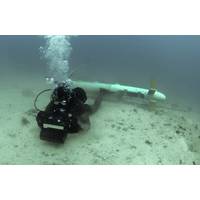
NRL Models Deepwater Horizon Oil Spill
, published in Ocean Modeling (March 2014), shows NRL can also forecast where oil will go following a major spill. "If you're going to do forecasting," he says, "you have to get the ocean circulation correct. It's fundamental to all else." Jolliff plugged the distribution of surface oil following the 2010 Deepwater Horizon oil spill—when it was still well offshore—into a powerful NRL forecasting tool. He accurately predicted what would happen to the oil; in particular, the processes that made inevitable its landfall on Louisiana shorelines fully four days later. Jolliff



 February 2024
February 2024





